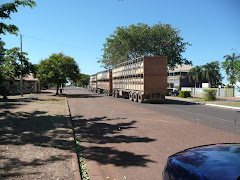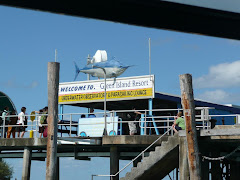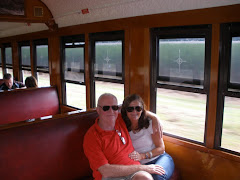Almost a month has passed since our last blog. Even then it was fairly obvious that the ‘holiday mode’ switch had been flicked. Perhaps the simplest explanation is that for the last month or so, we have been treading over familiar ground and, indeed, will continue to do so for the next month.
We have a gripe with the NSW National Parks!!! In other states, a Parks Pass, reasonably priced and including car entry and camping fees has enabled to enjoy the beauties of these parks. In NSW, however, the Pass only covers car entry, is over-priced for the casual visitor and the camping fees are outrageous ($10-14 per person, per night, on top of car entry of $7). For the same price, or less!, we can go to a caravan park and enjoy the benefits of flush toilets, hot showers, fresh water and power. Go figure! End of gripe.
A couple of highlights of the last few weeks come to mind. In Canberra, we spent a few days with retiring, no that’s not at all correct, newly-retired friends, drinking too much wine and eating far too much food! Then on to Sydney for a surprise catch-up with our daughter-in-law and granddaughter who were visiting Paul’s brother, sister-in-law and their 5 year old. Playing tourist around the city with the kids was great fun.

As we’ve moved into far more populated areas along the New South Wales Coast, free camping has become almost impossible, so we have been spending a lot more time in caravan parks. Observing our fellow campers has become a favourite past-time.
Once school holiday crowds clear, the grey nomads reclaim their territory. This is a different ‘breed’ though. Far more Grey and far less Nomad. We feel quite young and so active as to be considered manic by our neighbours, who arise sometime before ‘sparrows’ and begin talking loudly and boiling up the first of endless cuppas. Little wonder they are up so early. Dinner is taken sometime between 4:00pm and 5:00pm. The timing is heavily dependant on what time they rouse themselves from their afternoon kip. By the time we sit down to our dinner, somewhere around 8:30pm, all is quiet in caravan park world, save for the snoring.
Days are generally spent going to the toilet and talking with neighbours… endless talking with neighbours. Sitting is another favourite past-time, as is watching new-comers park their vans or crazy people like us lumping boats about, going fishing or heading off on walks or drives.

Hopefully, these behaviours are a long way off for us. At the moment, such a sedentary lifestyle would drive us crazy. Give us the open road and the endless horizons of this enormous country, or any other country for that matter! Speaking of which, the strength of the Aussie dollar has tempted us overseas again. Malaysia a couple of days after we get home from this trip then South Africa, Swaziland, the UK, Ireland and Japan early next year….
More blogs to write!!!




























